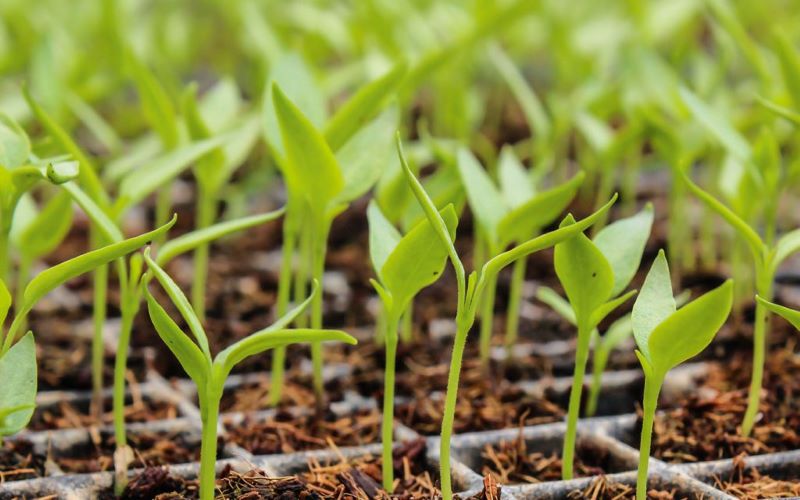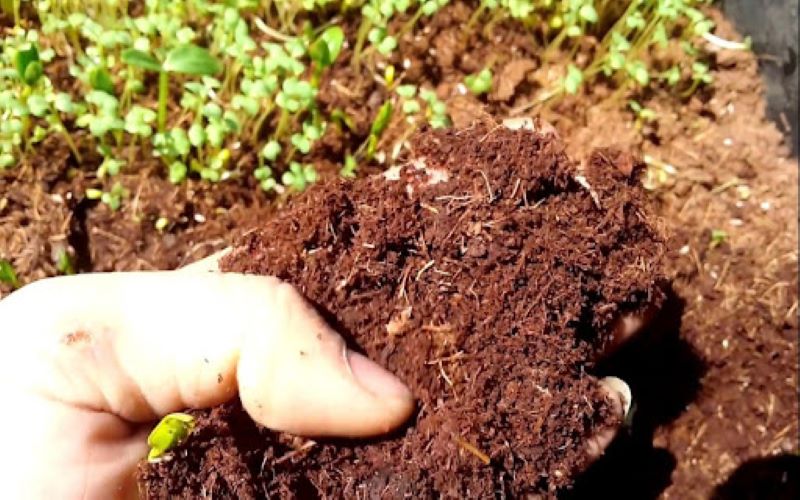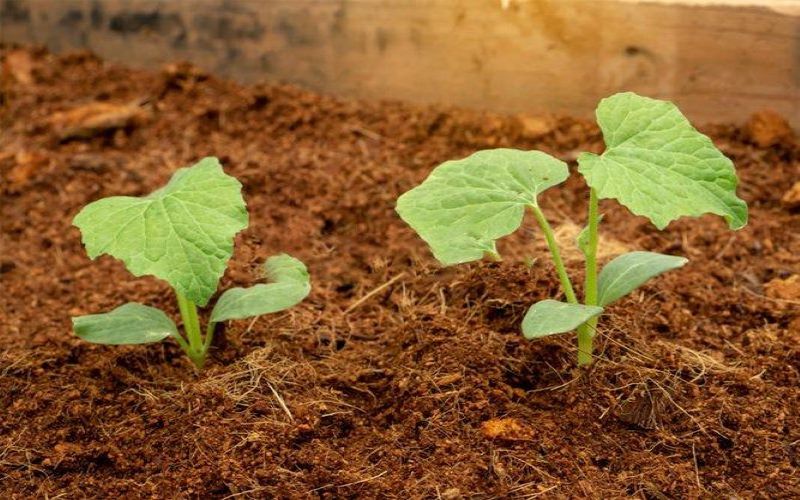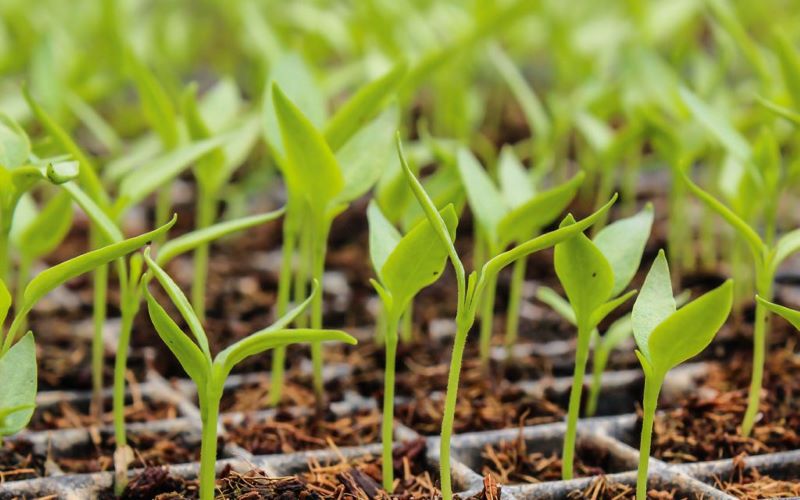What is coir growing media? How many types of coir growing media?
What is coir growing media? How many types of coir growing media?

When mentioning growing plants, people usually think about growing plants in different kinds of soil. However, there is another good environment where we can grow plants – coir growing media. It can cultivate plants very effectively and help them grow as healthy as the traditional soil. Nowadays, more and more people use it as a great replacement for soil. So what is coir growing media? How many types of it? This is not a new topic, but it always catches the attention of those who are starting to grow plants, especially hydroponics in agriculture. Because coir growing media is one of the best hydroponic media and suitable for many plants. Therefore, Tropcioco would like to introduce you to some information related to this type of growing media.
What is coir growing media?

Coir growing media is very popular for hydroponic farming, and it is also always in the top 5 best hydroponic media on the market in all terms. Hydroponic growing media from coir has an important role, because it replaces the role of soil to help plants grow and develop healthily, productively and highly in quality.
So what is coir media? It is a form of coco coir and coco peat that people have treated by the way following certain technological processes. The processes include grinding coir into fine powder, treating chloride and Lignin to avoid toxicity to plants, transforming Lignin into useful substances for plants, and increasing the microbial organic fertility for coir media. Finally, coir media will produce some kinds of products such as coir bricks or seed-nursery pellets.
According to some scientifically agricultural analysis, the main component of the growing media of coir is 80% cellulose and about 20% Lignin and Tannin. It contains nutritional content including 67.8% peat, 0.294% N, 0.064% P2O5, 0.063% K2O, 5.07% pH – H2O, 4.42% pH-KCl and density of 1.266. Coir media after treatment will have advantages suitable for hydroponic cultivation such as:
- Maintain humidity for plants well due to good water absorption.
- Enhance aeration for the roots of plants. With coir growing media, plants will enhance the ability to absorb nutrients and have high stability.
- Ensure an average pH of 4.5-6.9, which will not change the pH level of the hydroponic nutrient solution.
- Coconut coir also has a very light density, which is very suitable for hydroponics. Besides, the coir media is also super stable, slow to decompose, medium-high in CEC figure, moderate C/N ratio to ensure durability of the media.
The uses of this media

People often use this type of nutrient growing media to cover the roots of plants and other kinds of flowers and vegetables. In addition, people use coir media to treat wastewater very well. While the high nutrients of coir media can stimulate root to grow, its organic compounds will be very ideal for soil and plants. Many gardeners use coconut shells, coco peat as a growing medium for orchids and for nursery. Besides, after processing and drying to remove impurities, people then mold the coir media to form a plant pot for household furniture and environmental-friendly products.
Advantages of this media

Coir growing media has some advantages of water absorption, moisture retention, fast drainage, pests and diseases resistance, etc. Coir is a raw material for the production of clean soil. When combining with meat soil, it will help loosen the soil without clumping and ventilate the natural soil for plants to grow.
Because of the porosity and aeration, this growing media will help the plants grow faster, help the root system develop strongly, and help the plant increase capacity. Farmers often use the combination of fertilizer, coir media, husk ash and clean soil at the ratio of 1:1:1:1.
Disadvantages of coconut coir media
Coir often has a chloride content (over 700 ppm) and lignin content about 58%. Those substances are very difficult to decompose, making it difficult to process into other substrates such as Biosoil clean soil. If we use coir directly, it can cause harmful and toxic effects to plants. Therefore, it is necessary to process the lignin content by microbiological methods on an industrial scale to turn lignin into a useful substance for plants to increase organic fertility, micro-organisms and micro-nutrients for the soil.
Besides, a disadvantage of coir is the easy growth of moss and easily carious. Besides, if you use coconut coir in pots, you must limit the amount of water to your plants. To solve this problem, you should create humid conditions outside the pot rather than inside it. For this growing media, you must regularly spray insecticides if required. However, coir is a very good environment for planting many kinds of orchids of the Dendrobium gene.
Some types of coconut coir media
If you want to buy the high-quality and trustworthy coir growing media, just ensure to buy from the some manufacturers as Tropicoco. Nowadays there are 2 types of coir media including treated coir media and untreated one.
About the treated coir media:
- Size: 30 x 30 x15 centimetre
- Moisture: 20%
- EC: ≤ 0.5
- PH: 5.5 – 6.5
- Compression: 5:1
About the untreated coir media:
- Size: 30 x 30 x15 centimetre
- Moisture: 20%
- EC: > 2.5
- PH: 6-7
- Compression: 5:1
Conclusion
The article above has shown you all information about coir growing media. It is a very good kind of growing media for your soil, which can help plants grow very effectively and healthily. If you want to purchase the high-quality treated coir media, you should go to Tropicoco immediately. Our information is:
Contact information
Tropicoco – The best substrate
Address: No.20 Ngan Long Villa, Nguyen Huu Tho street, Nha Be dist, Ho Chi Minh City
Email: giathe@tropical.vn
Hotline: +84 983230879
Open Hours: Mon-Sat: 8.00AM-5.00PM; Sunday: Closed

